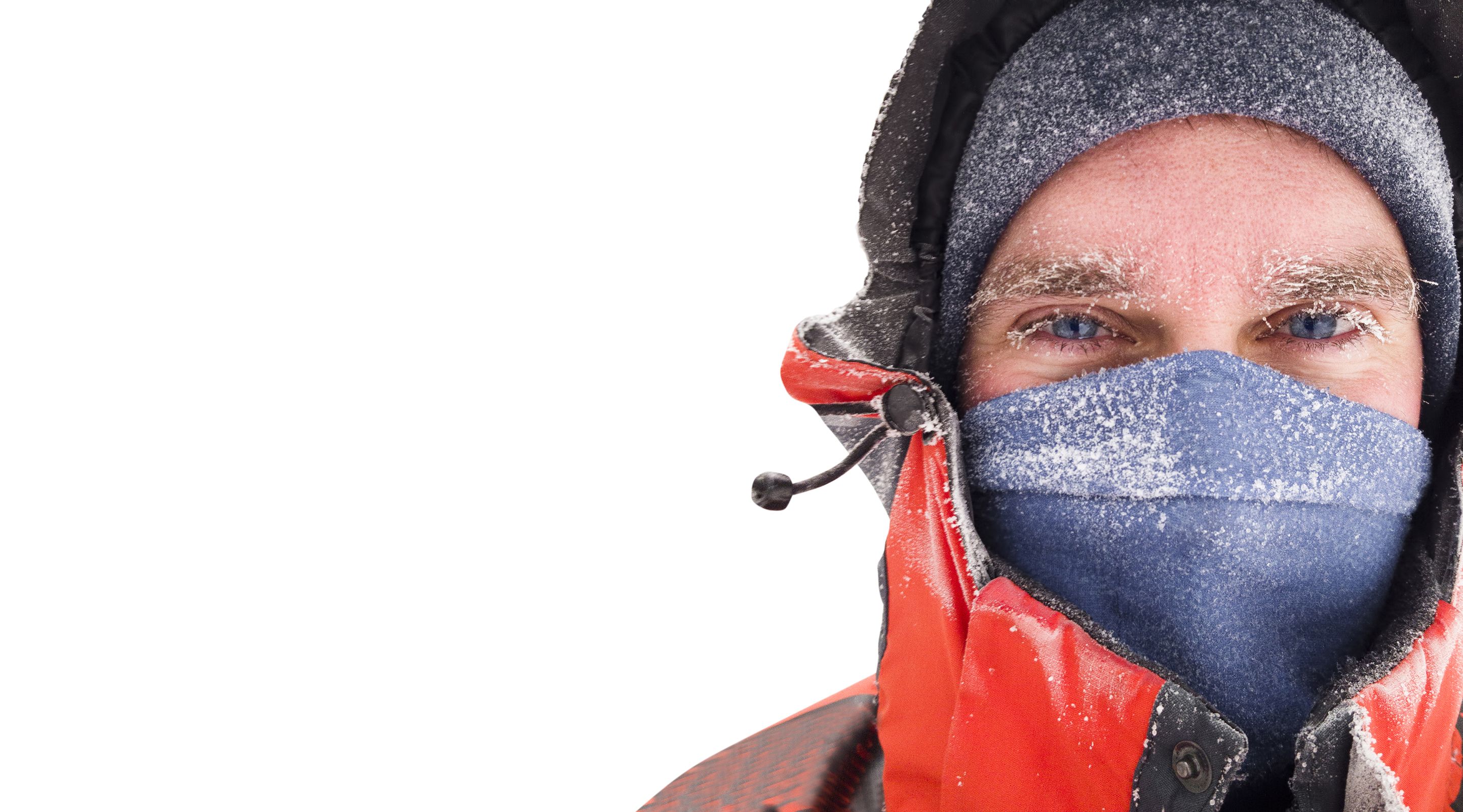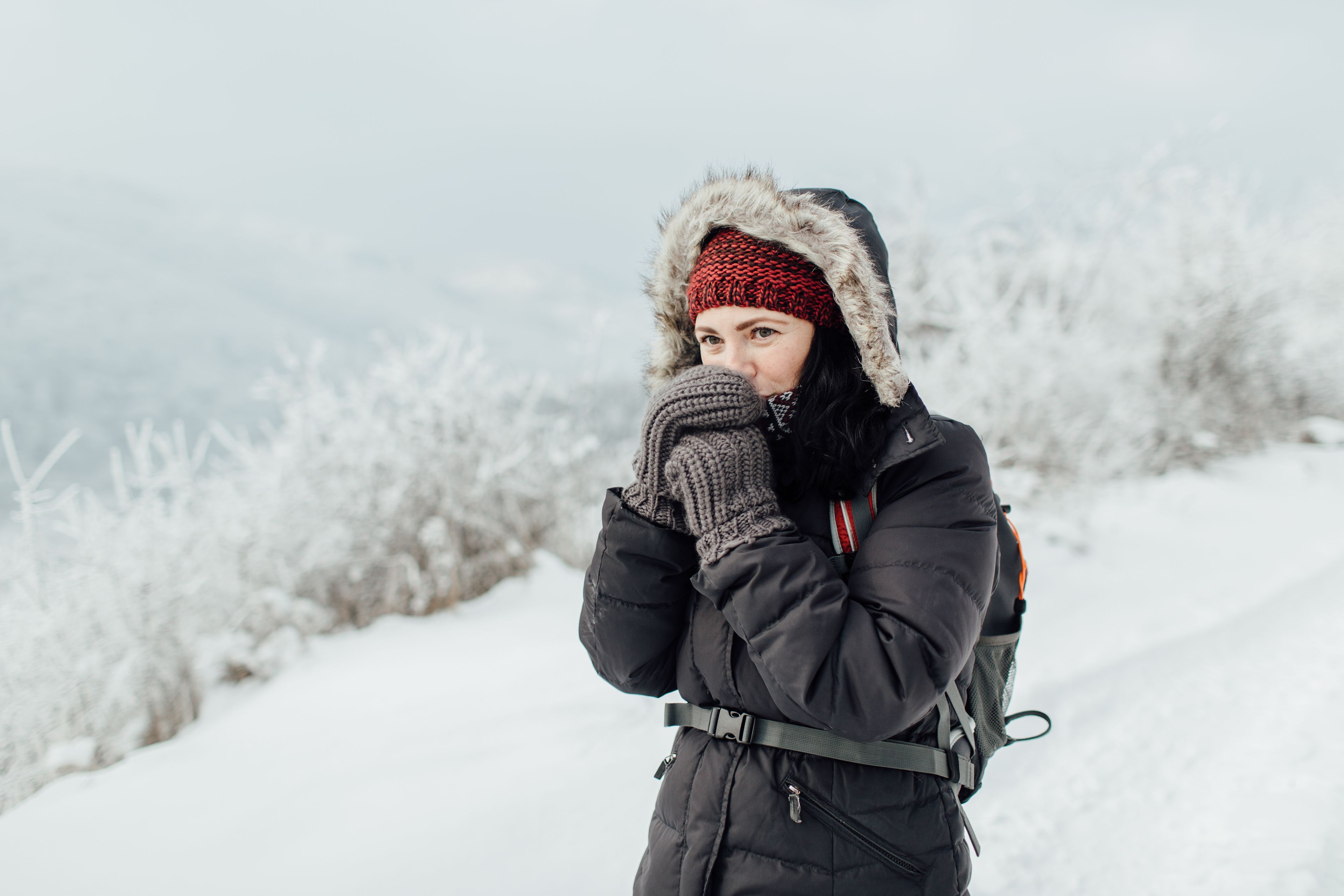
Prevention
Frostbite & Hypothermia Safety for All
Cold weather doesn’t just bring discomfort; it can cause frostbite, which damages skin and tissue much like a burn, and hypothermia, a dangerous drop in body temperature. Frostbite injuries often need the same specialized care provided by burn centers. Use these tips to help protect yourself and those around you when temperatures drop.
Download PDFFind a Burn CenterBurn First Aid
Everyday Prevention Tips
What to Watch For
Frostbite
Freezing of exposed skin, often affecting fingers, toes, ears, or nose.
Skin may feel numb or tingle; appearance can be red, pale, mottled, or white.
The area can be painful when re-warming; blisters may form — keep them intact.
Hypothermia
Body temperature falls to dangerous levels.
Signs include slurred speech, intense shivering, confusion, weakness, drowsiness, or loss of consciousness.
